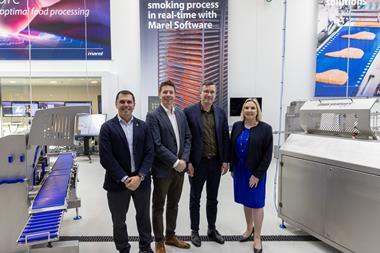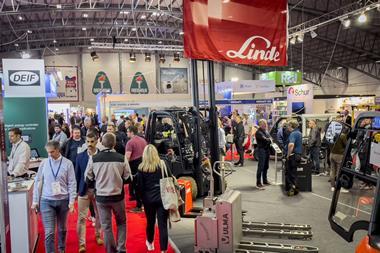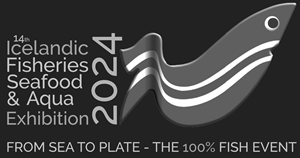No matter if it’s wild-caught or farmed produced, there a significant challenge that unites the global seafood economy and that is there’s too much precious product being wasted. Not only is this environmentally incompatible, it’s also a lost opportunity for sustainable economic growth, stressed Dr Alexandra Leeper, Managing Director of the Iceland Ocean Cluster, setting the scene in the recent Fish Waste for Profit webinar.
Held as a precursor to the 5th Fish Waste for Profit conference, taking place in Reykjavik, Iceland, on 19 and 20 September 2024, the online event heard some of the innovative ways by-products are now being utilised and generating value rather than entering landfill.
“At the Iceland Ocean Cluster, the ‘100% Fish’ philosophy is really at the heart of everything we do,” Leeper said. “The idea is that we can use every single part of the fish, not just the fillet, but those secondary yields – the heads the skins, the bones, the guts – to not waste anything and to create a lot of value.
“This 100% Fish thinking has really changed the narrative around how we treat the seafoods that we produce and capture and also how we use every single part. Where it used to be for the Atlantic cod that the fillet was thought of as that part of the fish that had value, now those other secondary yields – the heads, skins, guts – have been developed into a wide range of different value chains and across different sectors.”
These secondary-yield products include feeds for aquaculture and for land animals, food and snacks for human consumption, nutraceuticals with powders made from collagen going into smoothies, cosmetics and skin care, textiles with fish skin leathers, clinical products like cold and flu treatments, and even into biomedical applications like skin grafts.
“This has really transformed a fish once worth about US$12 – for just the fillet of the cod – to a fish which when all of these different value chains are realised is worth almost $5,000. This is a philosophy that really makes sense, and it’s being applied to seafood around the world,” Leeper said.
“100% Fish” is also the title of the new book written by Dr Thor Sigfusson, Founder & Chairman of the Iceland Ocean Cluster. He told the webinar that during its compilation, he came across lots of heroes in the seafood industry, with “so many people doing amazing things”, but that a lot of these actions are still being conducted “in the shadows, away from the public eye”.
He said: “Our problem is we never talk about these stories. We need to bring them out and tell people that there are so many possibilities and so many people that we can learn from. It’s so important to let people know we’re actually on it right now, that things are happening right now.”
Pointing to various examples of innovation, including a new hand cream made from lobster shells by a cluster in Maine, fish leather produced from Great Lakes whitefish and Alaska cod skins being turned into dog treats, Sigfusson insisted much can be achieved from telling such stories and by showing how real value can be derived from products that are still being thrown away all over the world.
“I think that’s why our movement is so important. If we can inspire the industry, if we can inspire researchers and universities to look at this sector which has been in the dark in the past, to see the opportunities to bring their skills and collaborate with fisheries, we can do so much more.”
Entitled ‘Transforming the Blue Economy to 100% Green’, the 5th Fish Waste for Profit conference is taking place at the Hilton Reykjavik Nordica Hotel.
Book your space at the conference here: Buy | Fish Waste For Profit (worldfishing.net)Dr Alexandra Leeper, Managing Director of the Iceland Ocean Cluster, setting the scene in the recent Fish Waste for Profit webinar.

[100% Fish.jpg] Caption: The 100% Fish initiative started in Iceland but is rapidly spreading throughout the world







